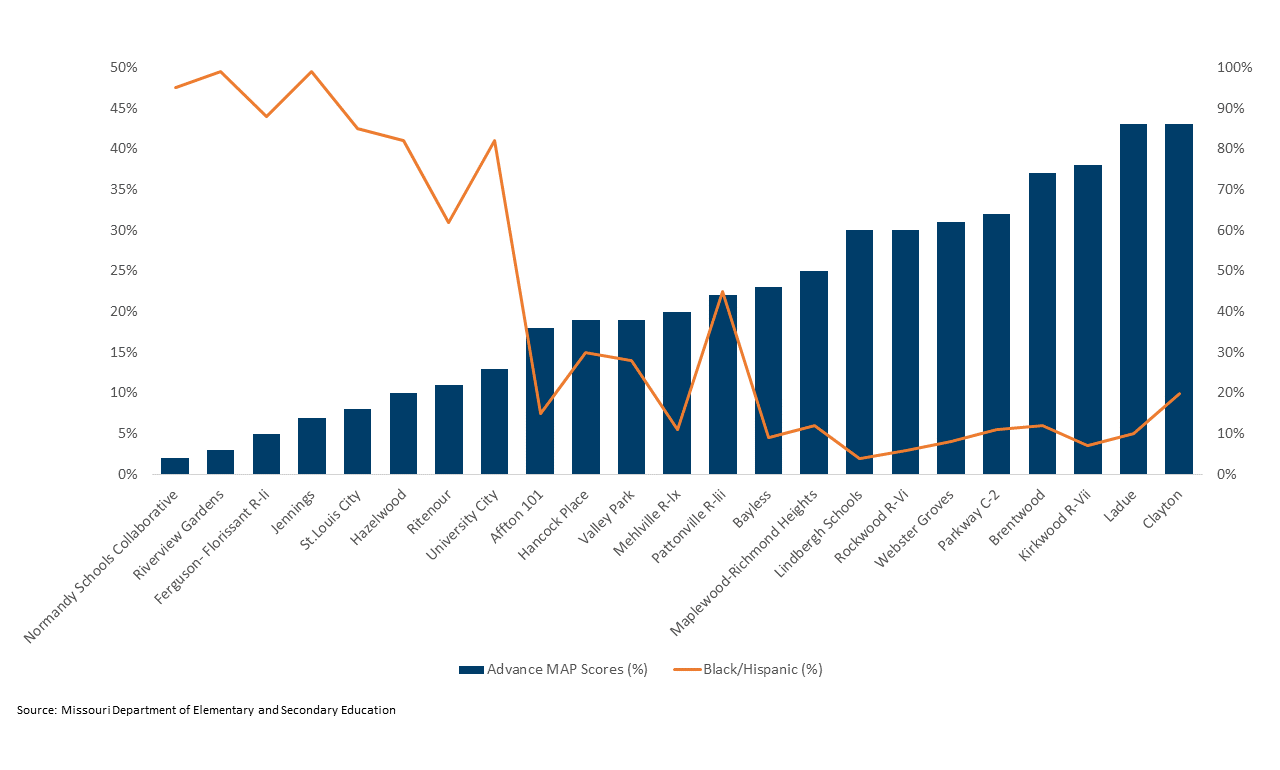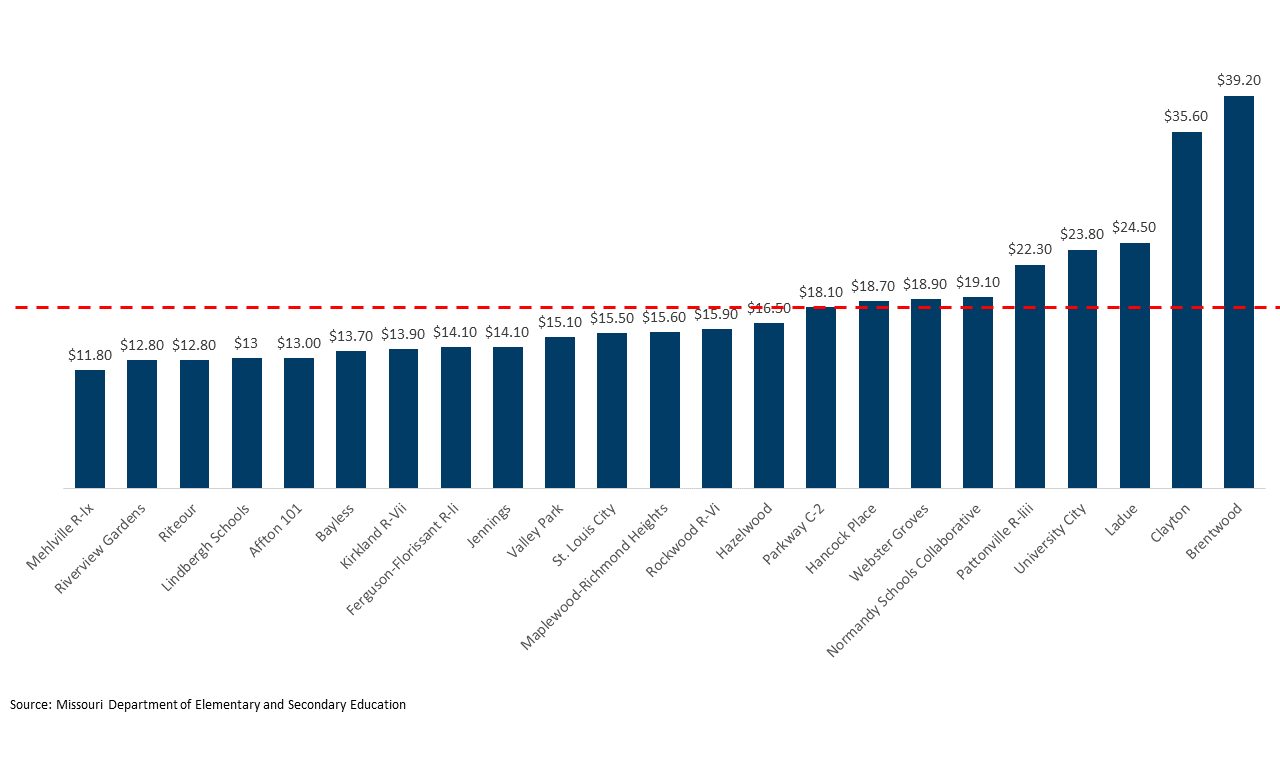A Lasting Commitment: Targeted Educational Support for Underserved Children
-
September 13, 2021
DownloadsDownload Article
-
Continuing to Prioritize Community Development
Since the outbreak of the COVID-19 pandemic and the social justice movement that swept the country, FTI Consulting has made a concerted effort to focus on driving positive societal change. We recently documented our work with Big Brothers Big Sisters of New York City and Hued, which highlighted our emphasis on partnering with non-profits and other relevant organizations to create positive outcomes through consulting-based projects. Pro bono engagements that help drive positive societal outcomes will continue to be a point of emphasis for FTI Consulting. We believe these engagements benefit not only the organizations with which we engage, but more broadly, the communities that they serve.
Call to Action: FTI Consulting Partners with Access Academies
We recently partnered with Access Academies (“Access”), a St. Louis-based non-profit dedicated to propelling middle school students who have been historically underserved through high school and on to college and career success with enrichment, counseling and scholarships.
Access tasked our team with one overarching goal: to develop a thorough evaluation of potential schools to partner with in the St. Louis middle school market. To accomplish this analysis, the team broke down the work into three parts:
- Analyze available quantitative data — economic, demographic and academic — on the students in the broader St. Louis area, and develop a dynamic evaluation model from the data to identify schools that would best align with Access programs as the organization grows.
- Conduct a qualitative assessment, consisting of interviews with current Access staff members (across all levels of the organization), in order to synthesize a formal set of criteria incorporating key factors for consideration when selecting a school for partnership.
- Build a comprehensive, sensitized set of financial projections to reflect the impact of a new partnership — from initial entry through Year 11 of support, which represents a fully ramped partnership (middle school through college).
Quantitative Data Shows Stark Inequalities and High Potential for Access Impact
We began our quantitative analysis by gathering and organizing raw data sources for each of the 23 local school districts in the St. Louis city/county area. We then identified 24 key metrics from the data sets, categorizing each metric into one of three high-level categories — Economic Factors, Academic Factors and Student Profiles (each of which was prioritized during interviews with Access). Next, we created a scoring system for each of the quantitative metrics (based on each metric’s “fit” with Access’ mission and values).
The data laid bare the inequality persistent in the St. Louis area: The districts with the highest proportions of Black and Hispanic students were also the districts with the lowest household incomes and the lowest test scores (Exhibit 1). At the economic level, a variety of metrics further highlighted the disparity in opportunities across districts. Highlighting one example, the team graphed expenditures per pupil (Exhibit 2), finding that over 230% in average annual spending per student separated Brentwood (the top-spending district) from Mehlville (the lowest-spending district).
Exhibit 1 – % of Students with Advanced MAP1 Scores & Black / Hispanic Students by District

We highlight these disparities at both the academic and economic level, to demonstrate the vast differences in opportunity and experience for students, even within the defined boundaries of a single city. No one solution exists to simultaneously address each of these disparities. Rather, it is a combination of actions, often taken at the local level, which work to close the glaring academic and economic gaps. For organizations like Access with the ability to make a difference, the key is to identify how best to deploy their limited resources. Understanding the relative strengths and weaknesses of each district in St. Louis was important to developing a viewpoint on the broader market and was critical in driving our final school recommendations.
Based upon our findings from the district-level data, we worked with Access to identify six local areas (based on districts most in need of support, per their “fit” scores in our initial area-level analysis ) to analyze further, and from which to ultimately select a short list of schools for potential Access partnership. We examined every middle school within the six geographical areas that were identified as highest need (and thus best fit). Each of the 36 middle schools in these areas was then evaluated via our quantitative model in order of best fit for an Access partnership.
Our goal with the quantitative analysis was twofold:
- Provide Access with a data-driven set of expansion options.
- Develop a quantitative data model for Access that would be versatile and useful for years to come.
Examining Ideal Partner School Attributes
In order to understand Access’ wants and needs for an ideal partner school, we interviewed Access staff at all levels of the organization to understand qualitative factors for consideration when selecting schools for partnership. We then utilized this staff feedback to formulate a qualitative assessment guide — a set of criteria to inform discussions with potential expansion targets — that can be used for diligence efforts both now and in the future. The most impactful keys to a successful partnership were identified via the interview process as follows:
- Environmental Stability;
- Partner School ‘Buy-In’;
- Access to Information; and
- Reciprocal Investment.
With a detailed set of criteria to work through, we began the process of reviewing the schools identified in the quantitative analysis through a qualitative lens. We set out to understand how well each school would fit with Access based on the qualitative framework that we had built. This process led to the elimination of many schools. Common reasons for exclusion included the presence of an organization offering services similar to Access, a lack of student body diversity or academic results that did not align with Access’ programming.
Exhibit 2 – 2020 Expenditures Per Pupil, $ in Actuals (in thousands)

Based on the outcomes of these analyses, we eventually identified three schools that appeared to be a strong fit for Access to consider a future partnership. As a next step, Access will be able to approach each of these schools with a clear rationale for introducing a partnership and focus their efforts on expanding their programming to students most in need of additional support. The model provided to Access also offers the organization flexibility, in that data from any school can be reviewed, allowing Access to assess potential partnerships with schools beyond the initial three identified by this project.
Analyzing Access’ “Cost to Serve”
Finally, our team worked with Access’ Finance Committee to walk through each line-item in their financials to understand each item’s driver and how to properly project them. Based on these discussions, we provided Access with a comprehensive set of financial projections to reflect the costs associated with a potential new middle school partnership, from Year 1 (just supporting 6th graders) through Year 11 (supporting 6th graders through college seniors).
Putting the Pieces Together: Providing a Foundation for Access’ Expansion Efforts
Through FTI Consulting’s partnership with Access, we were able to add a data-driven framework and foundation for the organization to evaluate expansion opportunities. The organization now has a baseline set of criteria and data tools to identify potential partners and to implement strategic, methodical growth in the future. Additionally, Access is now better prepared to demonstrate the funding needs for its programs, which will be beneficial when engaging with patrons and community leaders and will help the organization strategically allocate resources throughout the ramp-up period of a new partnership.
Many minority students from low-income families in the St. Louis area face significant socioeconomic barriers in education. Fortunately, organizations like Access Academies continue to work to address these inequities, and provide resources and opportunities to students most in need. The impact of the Access organization is profound. Indeed, 98% of Access students graduate high school on time, and 96% of those students are accepted to colleges, universities, or other post-secondary institutions.
For students most in need of additional support, Access is there to provide it and drive meaningful results in students’ lives. Through our partnership with Access, the organization is now better equipped to expand in additional school communities in need of support. Once fully implemented in a new school, Access, we believe, will undoubtedly improve student outcomes.
Footnotes:
1: Missouri Assessment Program (MAP)
Related Insights
Related Information
Published
September 13, 2021


